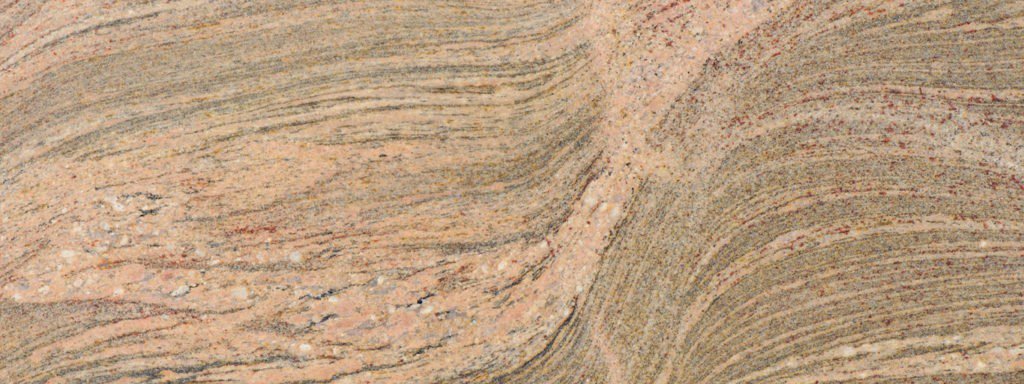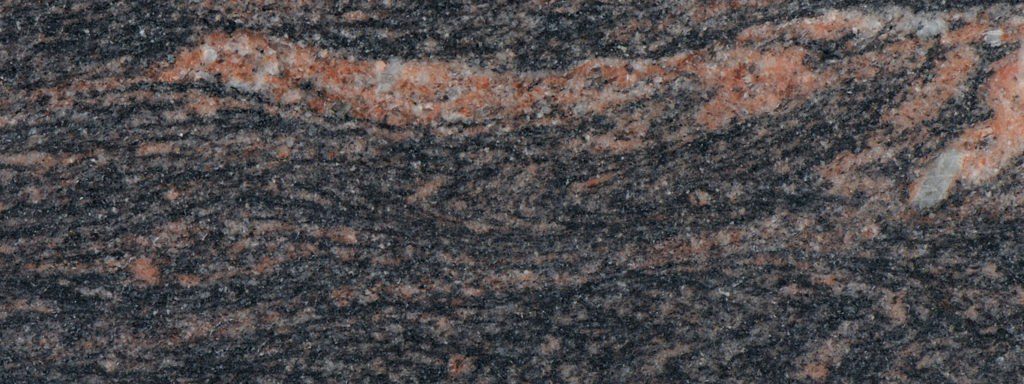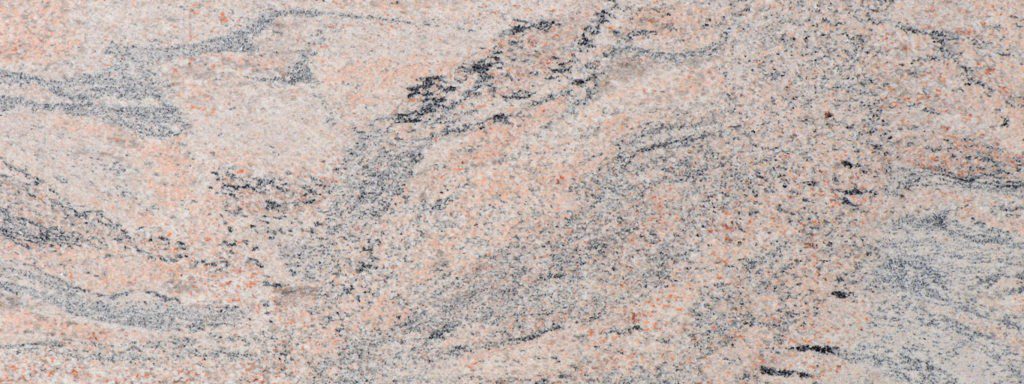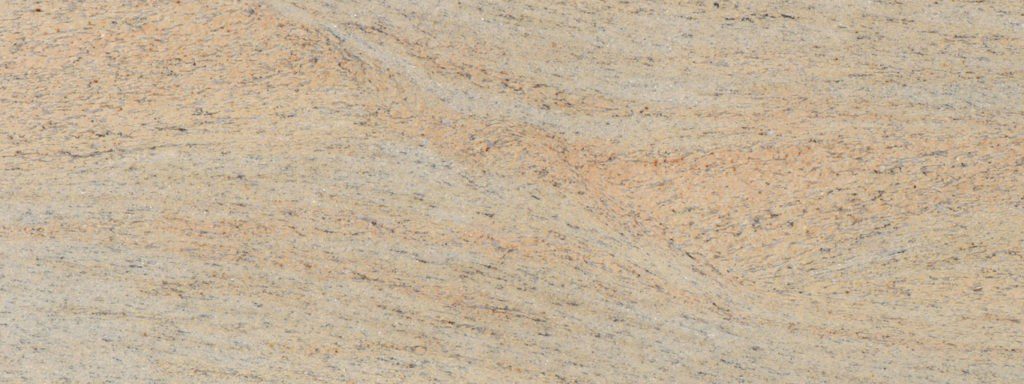Yes, granite can certainly be used for floorings, and it has some tremendous benefits.
However, there are some things you should keep in mind when using granite. Here is a detailed breakdown of all you need to know about using granite for flooring…
Can we use granite for flooring?
Granite can certainly be used for flooring. Granite can also be used to cover walls, for patio floors and even as pavers in the form of kerbstones and cobbled stones. Granite floors are especially recommended for commercial and outdoor spaces owing to the high durability and low maintenance requirements of granite floors. Selecting the right granite type, form, thickness and laying method is important when using granite for flooring.
Benefits of Granite Flooring
1. Durable
Granite has a completely justified reputation of being highly durable. It is an extraordinarily hard flooring material which makes it exceedingly resilient of scuffs and scratches. Being resistant to scratching implies that it retains it’s lustre for a much longer period making it considerably easier to maintain. On the other hand, marble, which is also a common flooring solution is significantly softer than granite and hence loses its shine within one to three years of laying. Although this seems quick, the lustre can be restored by carrying out periodical cleaning, polishing and sealing of the floor. When considering the overall life of the stone, granite is known to last as long as 100 years. After all, it is already a million years old when mined from the earth.
2. Exceptionally beautiful

Juprana Granite 
Colonia White Granite 
Himalayan Blue Granite 
Indian Juprana Granite 
Raw Silk Granite
Although beauty is entirely subjective, granite is a very beautiful stone. Even after the advent of engineered stone (available in a wider range of colors and textures) granite still holds its position as the most preferred option in most situations. Its beauty stems from the array of natural patterns, textures and colors it can be found in. These can range from highly curvy and artistic figures to seamless grain patterns. Not just that, but they are also immensely diverse in their colors spreading across the entire color spectrum. Here are some beautiful granite colors for flooring.
3. Easy to clean and Maintain
For me, cleaning is a tremendously drudging task. If you have marble floorings, you need to be overly careful and prompt in cleaning it to prevent unwanted stains all over the surface. On the other hand, Granite floors are exceptionally easier to clean. Since it is so mechanically strong, it is also much more difficult to damage. It is less susceptible to cracking and chipping compared to its alternatives.
4. Heat & chemical resistant
There have been countless instances where you have forgotten that small droplet of wine which has stained your countertop over the night and it is now overwhelmingly challenging to get rid of. Granite is not as porous as marble and hence much better to deal with especially if you seal it. Since granite is formed by the very act of thermal deformation at thousands of degrees below the earth’s surface it is also extraordinarily heat resistant unlike solid surfacing materials. Solid Surfaces are prone to heat damage and are known to leave coarse heat affected areas.
5. Water resistance
Can granite be used in bathrooms?
Granite can be used in bathrooms. When compared to hardwood and engineered hardwood floorings, granite is much more water-resistant. This makes it perfect for areas exposed to plenty of water like bathrooms and kitchens. Polished granite is slippery so surface finishing it (leather or lapatro) before using in bathroom floors is imperative. For bathroom countertops, it’s essential to look into the porosity, chemical and physical properties of that specific granite. Darker colors of granite are suitable for such applications.
6. Range of colors
Even though is 100% natural, granite can be found in a never-ending assortment of colors and textures. Granite can range from being plain white to be a dramatic mix of purple and white resembling an abstract painting. Granite also has a certain depth to its look, and by that, I mean that light can get trapped into its subsurface crystals which may make it look like it is mined from a fantasy video game. Look at the picture below.
Cons of Granite Flooring
1. Difficult to Handle
Fitting granite tiles on your floor is not as easy. You will need experts to do it. Granite is dense and consequently very heavy. Because of this, it requires deliberate care and precautions to fit it safely, securely and accurately. This is even more pertinent when dealing with larger granite slabs. Skilled personnel having proper training and experience in fitting granite floorings must be contracted for the job. As a result, the process turns out to be more expensive than other options. Being much harder and stronger than other materials, it is also much more difficult to cut into the required shape and size. This, again, requires specialized machinery driving up the costs associated with granite floorings.
2. Expensive (can be)
Apart from the higher fitting costs associated with granite, the material itself can be expensive. This highly depends on the type of granite and its form (tiles, slabs, curbs etc.) It is possible to reduce the cost of granite by picking a cheaper color or form. Granite prices are also highly dependent on the location of acquisition. Because it’s so heavy, transportation costs play a major factor in the overall cost of the material. If you want to avoid paying a very high retail price, you can buy granite at a wholesale price from Petrosstone. We guarantee a superior grade of granite, certified by the ISO. You can choose from over 100 options. Get in touch with us here.
3. Colder Floors
Granite floorings get cold. So if you’re using it in a location where the temperature drops low you might want to reconsider a granite flooring. If you still want a granite floor, consider using materials (like wood) elsewhere to add warmth to the space. Granite floors are very appropriate for warm areas and exteriors.
Forms of Granite for Flooring
Now, granite can be used for flooring in two forms: Granite Tile or Granite slabs. Let’s learn a little bit about them and their subtle differences.
Granite Tiles for Flooring
Granite slabs are cut into fixed, manageable sizes. These are referred to as granite tiles. They are usually thinner and easier to work with.
Granite Slabs for Flooring
These refer to full-size granite slabs right after the granite blocks have been sliced. Granite Slabs are large, difficult to work with and usually thicker than granite tiles. Granite slabs are primarily used in kitchen countertops but they can also be used for flooring.
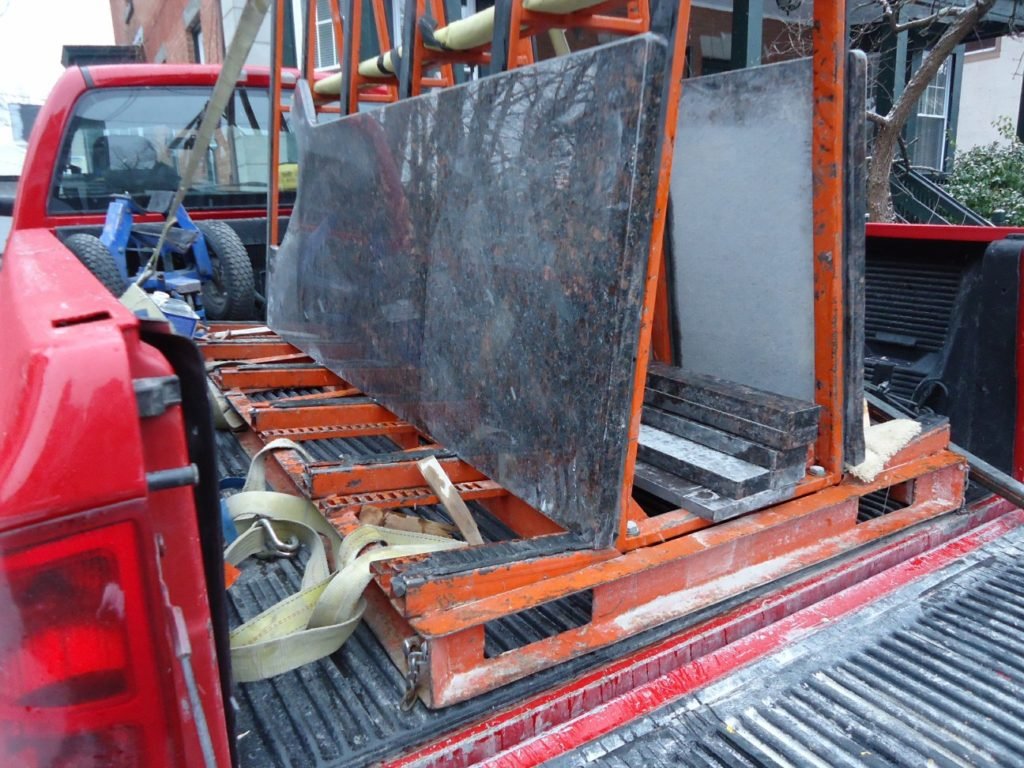
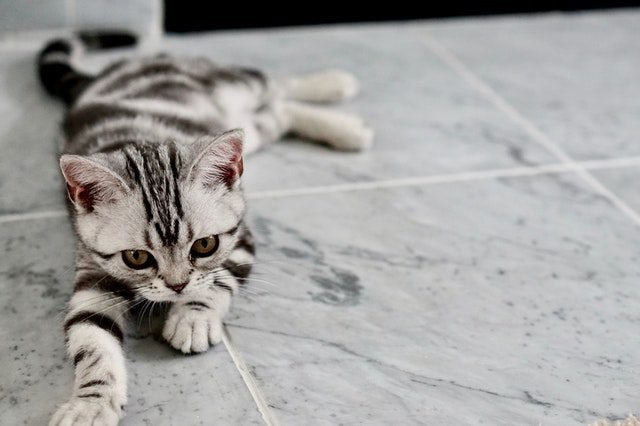
Other Granite Forms for Flooring
Though these are the most common forms of using granite, it is imperative to understand that granite is mined in blocks and can be processed into almost anything imaginable. Some examples of other granite forms are headstone, sculptures, kerbstones, cemetery monuments etc.
Now that we know what granite tiles and slabs mean, let us tackle the question at hand. Can granite be used as flooring? What are the pros and cons of using granite as flooring?Firstly, Let’s look into some pros of granite flooring.
Some Things to Keep in Mind when Using Granite Flooring
Cobbled Stone and Parking Stones
Other than the most common forms of granite discussed above (tile and slabs), cobbled stone is an ideal choice for pavements, parking floors and gardens. You can be very creative with cobbled stone, making interesting patterns and designs. Here is a list of some elegant cobbled stone designs.
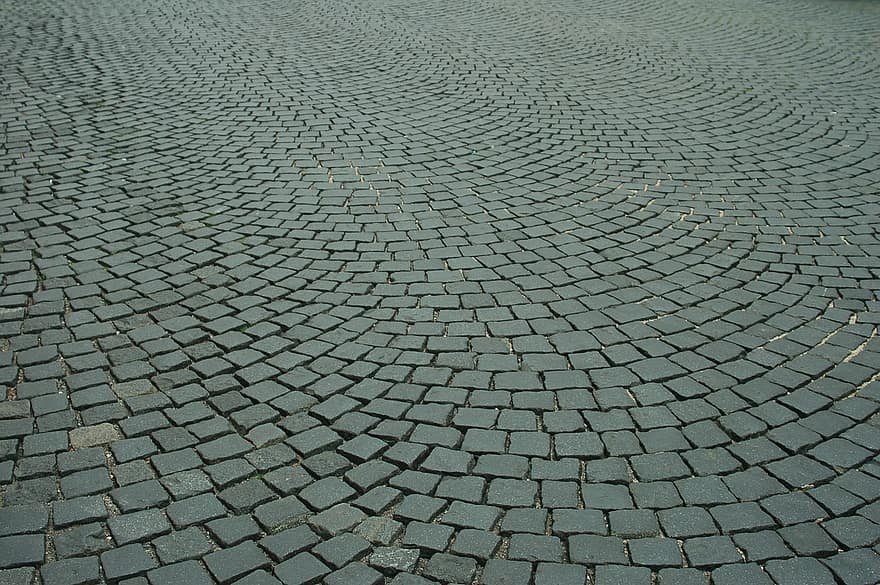
Sealing the granite
Whenever you use granite, seal it. The attractive and raw look of unsealed granite may tempt you to leave it untouched, but I would strongly advise to seal it. Sealing a granite helps to further protect it against stains by closing its microscopic pores. That said, it’s perfectly fine if you don’t want to seal it, just remember that you might have to rebuff very soon.
Properties Vary Depending on the Type of granite
Keep in mind, the properties of granite are highly variable. They highly depend on the type of granite being used. A common rule of thumb is the brighter the color of granite, the more porous it is. If you’re looking for a complete guide on the common types of granite and their properties, refer to our blog.
Closing thoughts
If you go ahead with using granite for your floor, there are some things that you should keep in mind. If you require help, contact us for a free consultation and quote. We cannot advise one way or the other since it highly depends on your preferences. When you reach out to us, actively consider all the parameters that factor into the right material selection for your floor.


